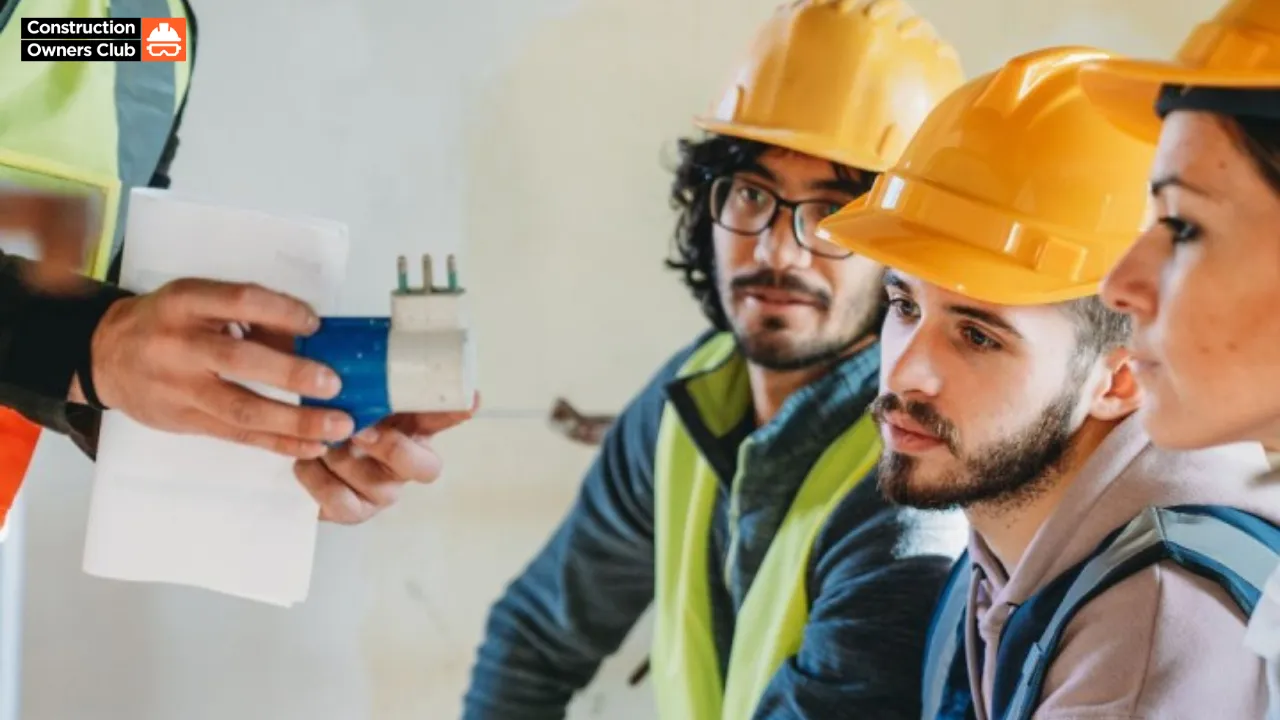
Connecticut's push for more housing, energy efficiency, and heat pumps is facing a major roadblock: a shortage of residential construction workers. This issue is hindering the state's efforts to tackle its housing crisis and meet environmental goals.
While Connecticut has been grappling with housing affordability and availability, the lack of skilled workers in the construction industry is often overlooked. This shortage is driving up costs, slowing down production, and limiting the state's ability to build the homes and retrofit existing ones that we need.
The construction industry is vital to Connecticut's economy and the well-being of its residents. It generates significant revenue through property taxes, income taxes, sales taxes, and permitting fees. Despite its importance, policymakers haven't fully recognized the need to invest in rebuilding the residential construction workforce.
Connecticut's workforce is aging, and many skilled workers left the state during the Great Recession. This shortage, combined with the increased demand for housing, has created a perfect storm. The state is asking more of its shrinking construction industry, but it's not providing the resources needed to meet the challenge.
One example of this is the state's push for heat pumps. While promoting heat pump skills is important, it's not enough. We need to expand the workforce significantly to meet the demand for new construction and energy retrofits.
To address this issue, we need to change the narrative about the construction industry. It's no longer just about manual labor. Today's construction industry is dynamic and innovative, with opportunities for skilled workers to use advanced technologies and build sustainable, efficient homes.
We also need to invest in education and training to attract more young people to the trades. Pre-apprenticeship programs in public schools can provide students with valuable experience and exposure to the industry. However, these programs require funding and support from the state.
Connecticut has the potential to be a leader in residential construction. By investing in its workforce, the state can address its housing crisis, improve energy efficiency, and create new opportunities for its residents.